Diana Scherer is a Lauingen/German born photographer. She studied fine art and photography at the Gerrit Rietveld Academy in Amsterdam where she currently lives and practices. Diana’s work deals with the documentation of an archive of wild flowers that she grew over a six-month period within vases of assorted shapes. Once the flowers had matured Diana broke the vases away to expose the once hidden roots. Today Diana shares this exploration with us in her series titled, “Nature Studies”. 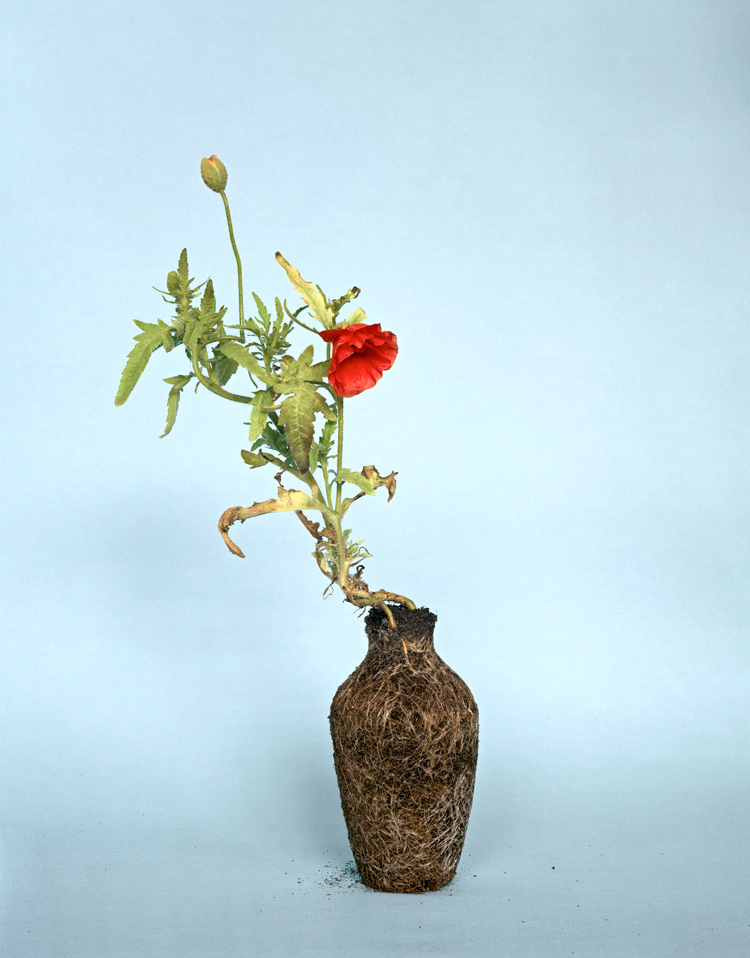
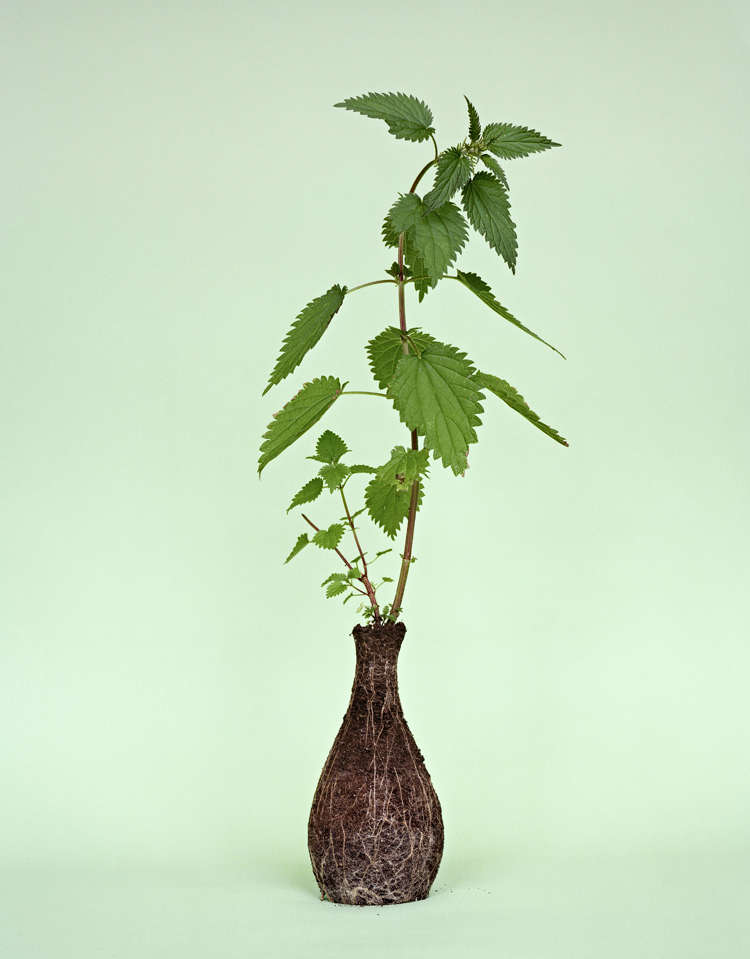
Nature Studies
Rather than letting the flowers grow in open soil, she has forced each plant to develop within the confines of a vase. Only at the end of the process does she remove the plant’s corset, exposing roots that retain their shape as an evoc of the now absent vase.
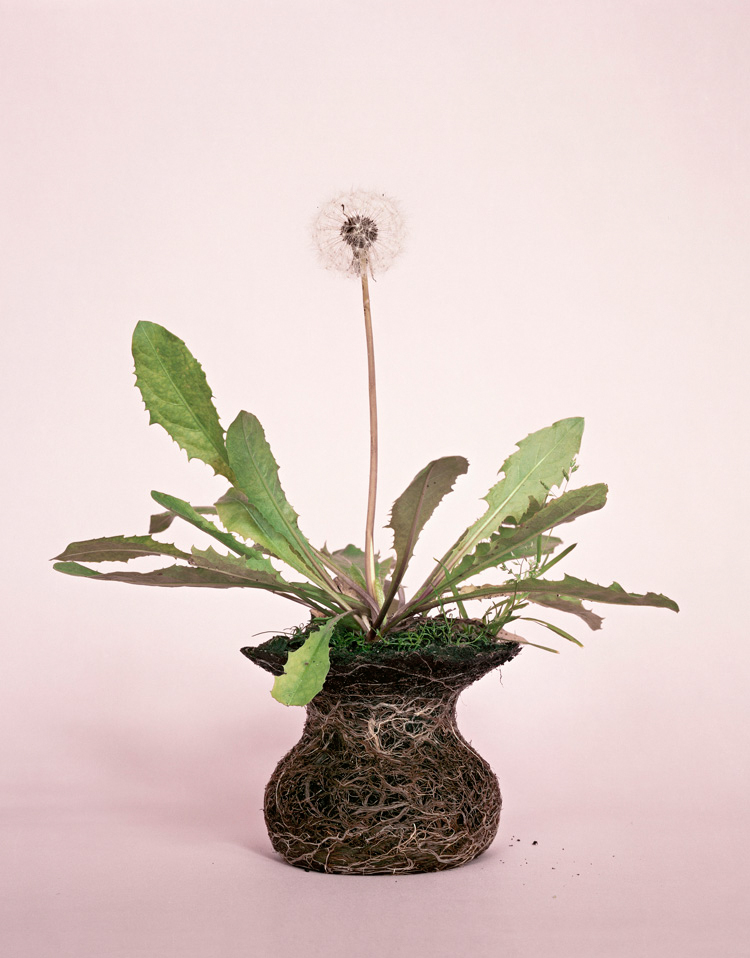

There is an inherent contradiction in Scherer’s working method. Although she is dedicated to the project and keeps a close eye on whether the roots are developing as desired—checking them carefully and with the utmost precision—her ability to manipulate the plants’ growth is limited. She has to accept the impossibility of total control. This contrast between almost obsessive monitoring and an inability to fundamentally influence events becomes an intense, almost ritual presence in her work. Scherer’s photos are carefully rationed, showing a single moment as the culmination of a long process of growth. She documents the flowers at their peak, just before they begin to shrivel as the plants start to die.
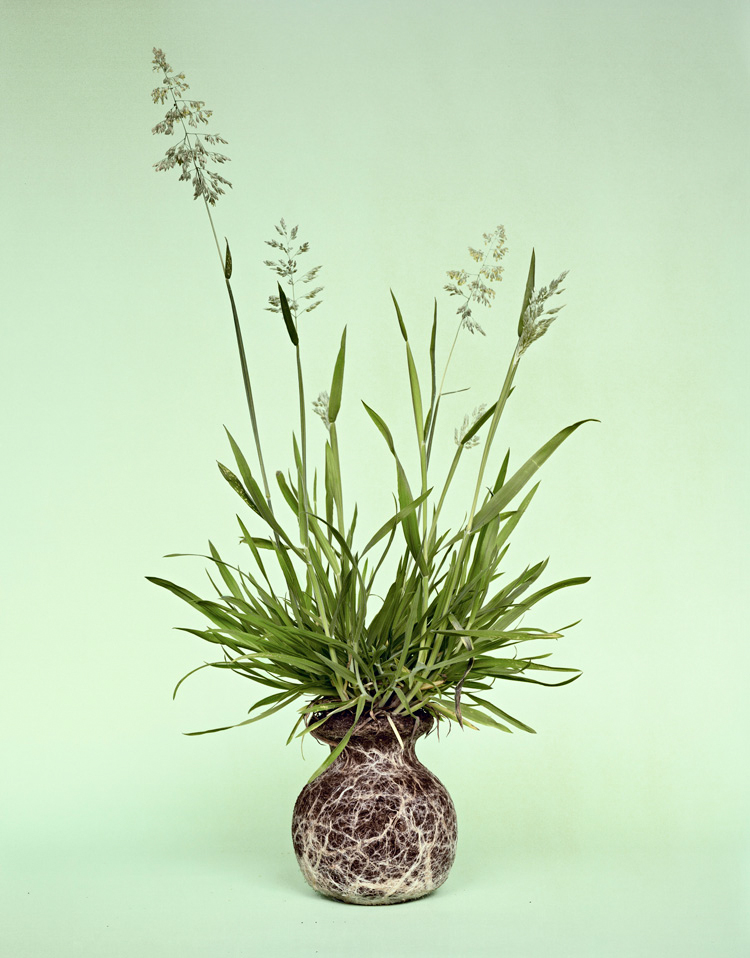

The photos Scherer has produced for Nurture Studies recall the illustrations in seventeenth-century botanical encyclopaedias, which presented flowers roots and all. Her work also has strong similarities with 1970s plant books, in which indoor plants were often arranged on a pedestal and set off with fabrics that added a romantic touch to the whole. Although clearly referring to these predecessors, Scherer has no difficulty avoiding the perceived cosiness of the “pot plant” genre. Her images are bare, unadorned. The careful observer will notice that most of the plants are anything but perfect specimens. Brown edges and broken stems show that mortality is already making its presence felt. The pink aster’s leaves are already dying off and other plants, dandelion and cow parsley for instance, wouldn’t be deemed worthy of a second glance on the side of the road. Scherer treats them all as equals.
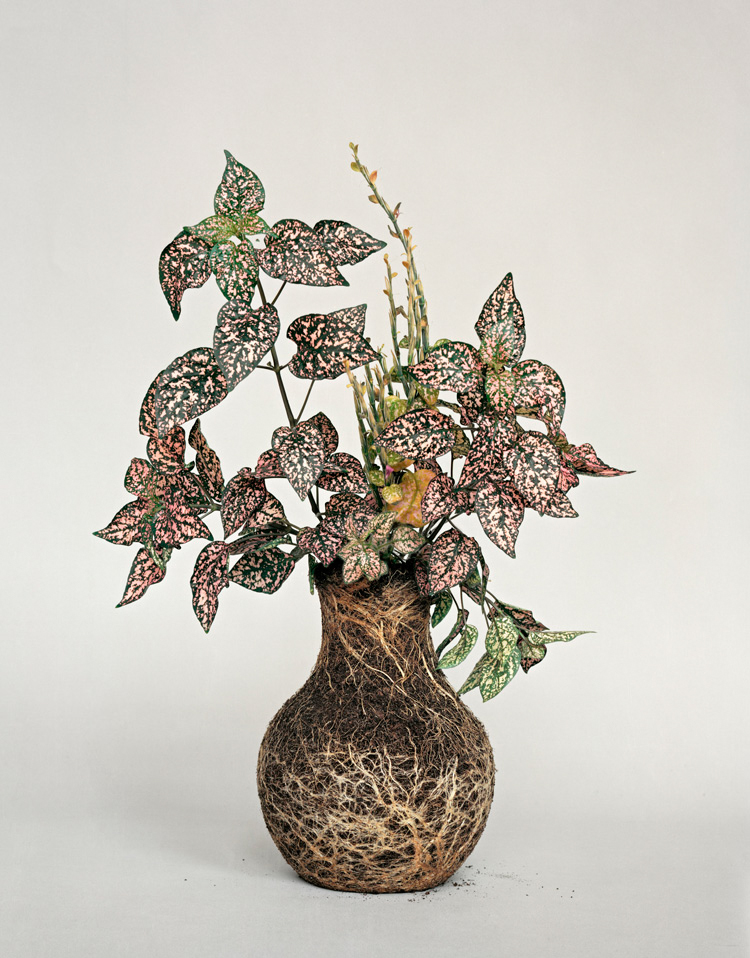
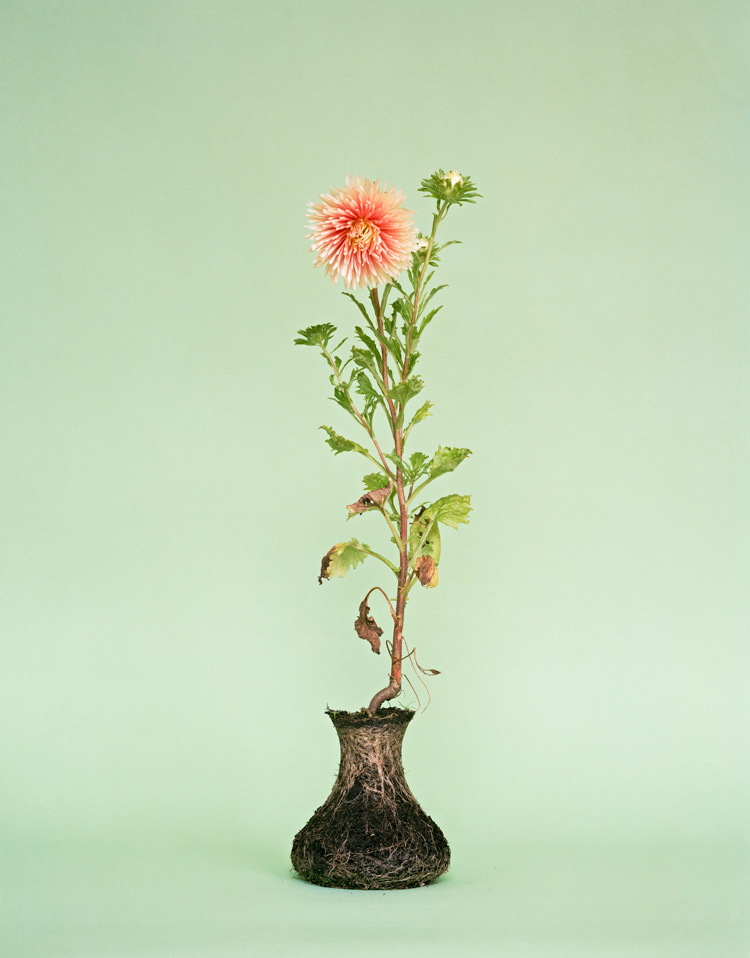
The floral portraits form a pendant to earlier photo series in which Scherer opted for much rawer imagery, things like young girls lying on the ground with their backs to the camera, collapsed like rag dolls, so that viewers almost automatically think of them as victims (Mädchen, 2002–2007). In Nurture Studies this confrontational imagery has made way for subtlety. Although the flowers, with their exposed roots, look just as fragile as the girls, Scherer avoids any semblance of drama, mainly by the objectivity of her photographic style, arranging the plants upright in the frame and photographing them with a technical camera. This approach is consistent with the orderly way collectors catalogue their objects.
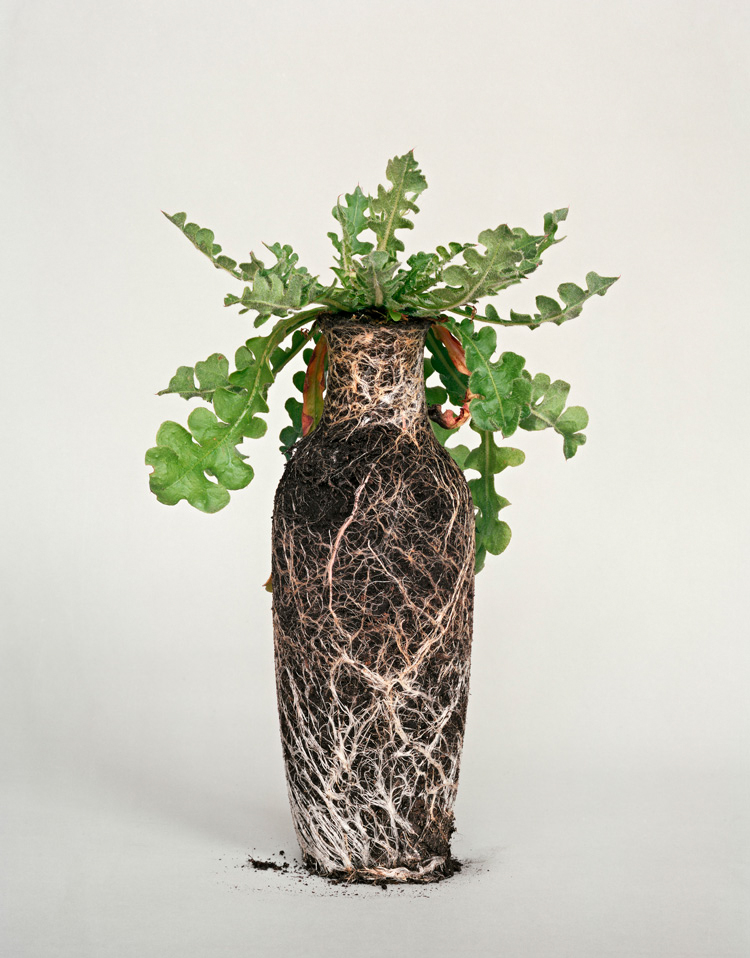
Diana’s work has been published widely in Capricious, The New Yorker Blog, Liberation and Blink Magazine. Her work was presented in solo and group exhibitions in Paris, New York, Berlin and Seoul. In 2008, Diana received the Gregers Nielsen Award by the Brandts Museum of Photography in Denmark and was nominated for the Festival International de Mode et de Photographie. In 2011, she was awarded second place of the Bouw in Beeldprijs in the Netherlands.
To view more of Diana’s work please visit her website.